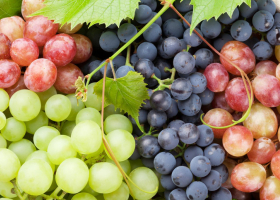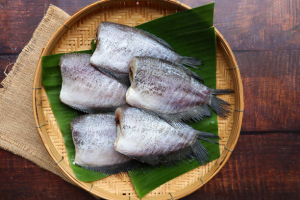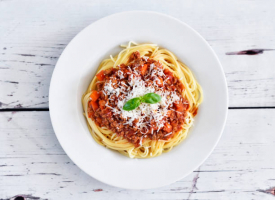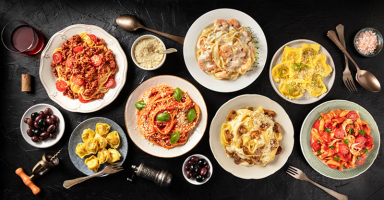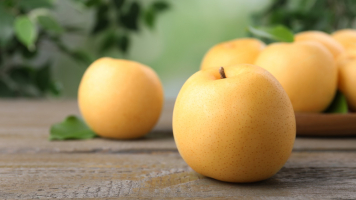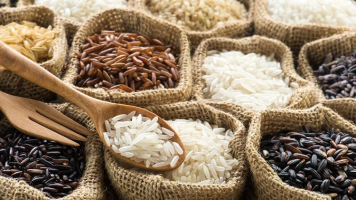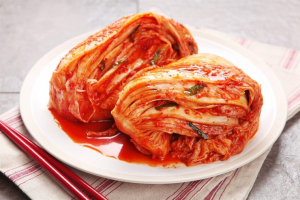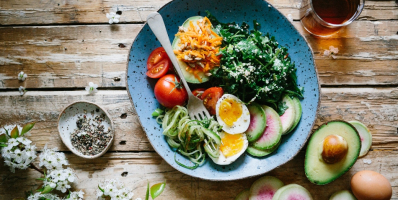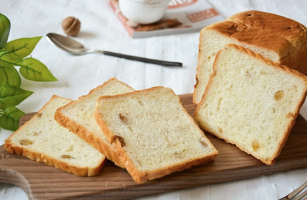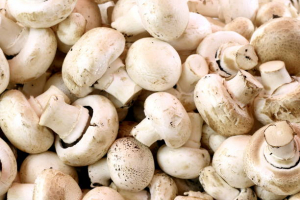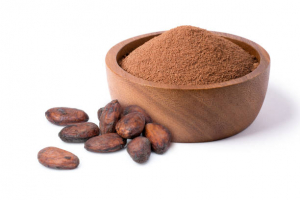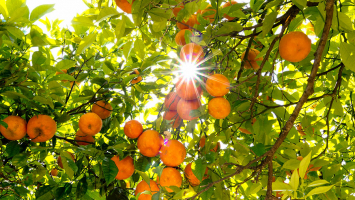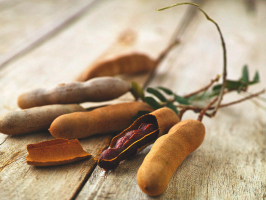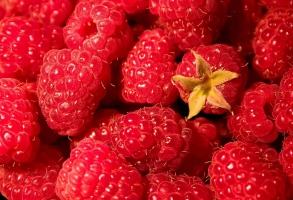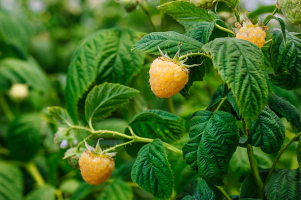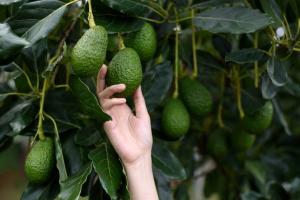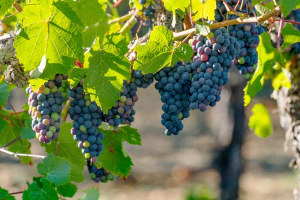Top 8 Most Delicious Types of Squash
Squash is a wholesome, delicious, and adaptable food that is botanically classed as fruit but is frequently utilized in cooking as vegetables. There are ... read more...several types, each having a distinct flavor, culinary use, and health advantages. All go under the umbrella of the scientific genus Cucurbita and fall under the umbrella of summer squash or winter squash. Here are the best squash varieties to include in your diet.
-
There are many distinct varieties of yellow squash, including crook neck and straight neck varieties as well as some zucchini hybrids like zephyr squash. 196 grams of medium yellow squash provide:
- Calories: 31
- Fat: 0 grams
- Protein: 2 grams
- Carbs: 7 grams
- Fiber: 2 grams
One medium (196-gram) fruit of this type is a far better source of potassium than a giant banana, with a potassium content of 196 grams per fruit. The mineral potassium is essential for neuron function, fluid equilibrium, and muscle control. Yellow squash is versatile due to its mild flavor and somewhat creamy texture when cooked. It may be grilled, roasted, sautéed, or used as the centerpiece of casseroles.
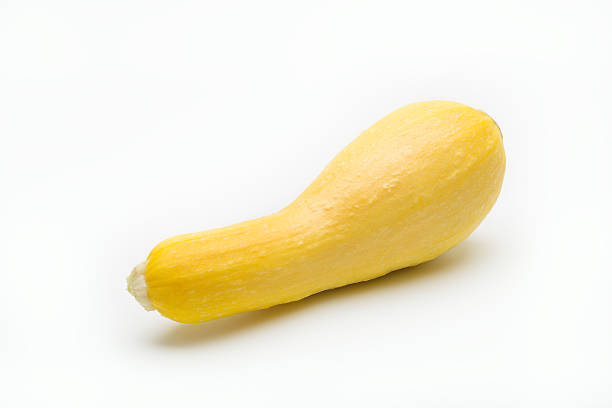
Yellow squash 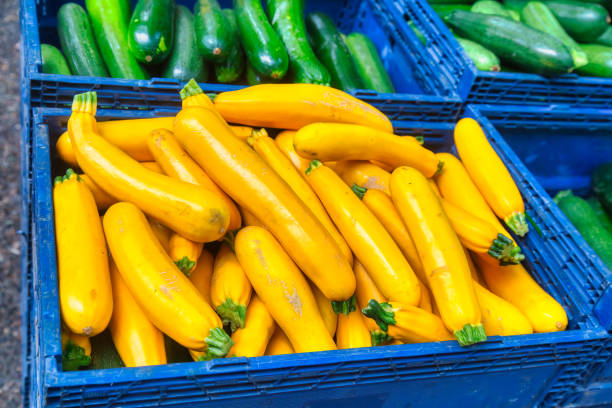
Yellow squash -
The green summer squash known as zucchini has gained popularity as a low-carb, low-calorie substitute for noodles. A 196-gram medium zucchini weighs about:
- Calories: 33
- Fat: 1 gram
- Protein: 2 grams
- Carbs: 6 grams
- Fiber: 2 grams
It could provide a number of health advantages, from better digestion to a decreased risk of heart disease. Your bones, thyroid, and prostate may benefit from zucchini. Manganese, lutein, zeaxanthin, and vitamins A and C are all abundant in zucchini; these nutrients support good eyesight and may reduce your chance of developing age-related eye disorders. This kind is better suited for soups and stir-fries since it has a milder flavor than yellow squash but a firmer texture. It may be grilled, roasted, or sautéed, much like yellow squash. Using a spiralizer, you can also slice zucchini into thin ribbons that you may use for spaghetti or noodles in any dish.
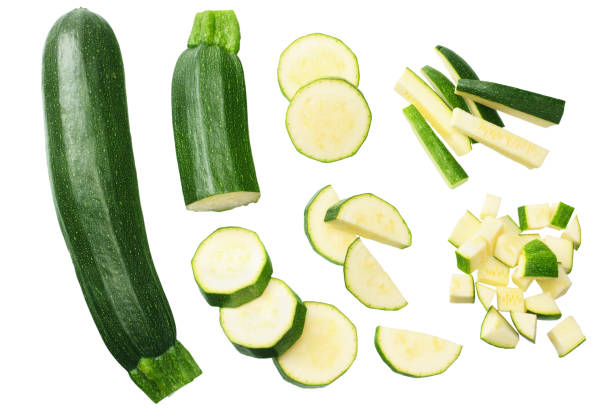
Zucchini 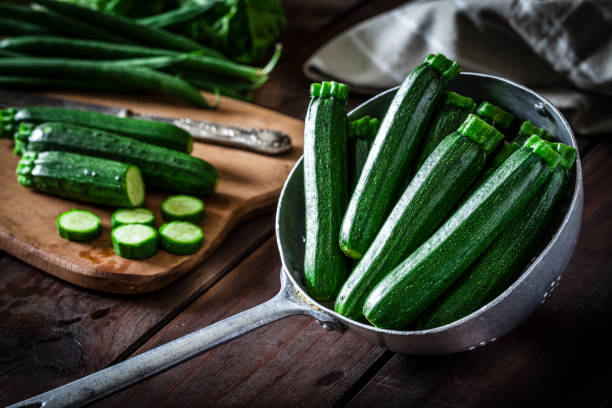
Zucchini -
Small patty pan squash, also known as pattypan squash, has a length of 1.5 to 3 inches (4 to 8 cm). They are also known as scallop squash because of their saucer-like shape and scalloped edge. In one cup (130 grams) of pattypan squash, you get:
- Calories: 23
- Fat: 0 gram
- Protein: 2 grams
- Carbs: 5 grams
- Fiber: 2 grams
This kind has a remarkably low-calorie count and is rich in vitamins, minerals, and modest levels of fiber and protein, as well as vitamin C, folate, and manganese. By lowering your calorie intake without reducing the amount of food you consume, substituting high-calorie items with low-calorie, nutrient-rich ones like patty pans may help you lose weight. Having less food might make you feel more satisfied. Patty pans have a mild flavor, similar to yellow squash, and can be grilled, roasted, sautéed, or used in casseroles.
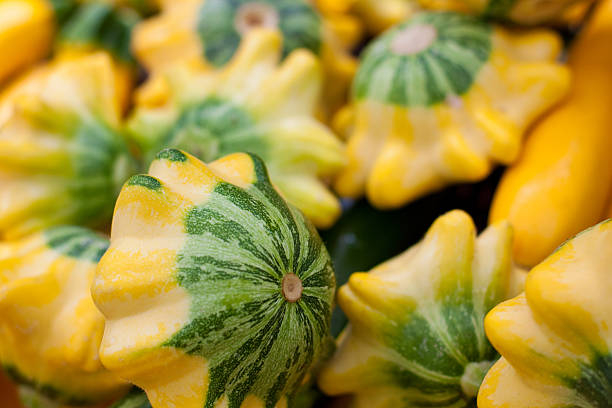
Pattypan squash 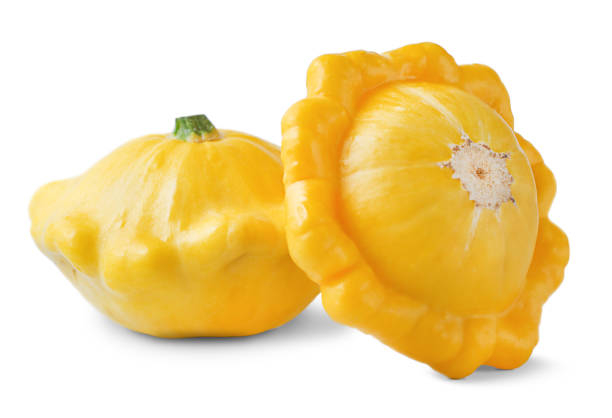
Pattypan squash -
Acorn squash is a tiny, acorn-shaped type with an orange-colored inside and thick, green skin. One acorn squash measuring 4 inches (10 cm) contains:
- Calories: 172
- Fat: 0 gram
- Protein: 3 grams
- Carbs: 45 grams
- Fiber: 6 grams
This kind is rich in vitamin C, B vitamins, and magnesium, a mineral essential for the health of the heart and bones. It also has a lot of fiber and natural sugars and starches that give the fruit its sweet flavor. The typical method for preparing acorn squash is to cut it in half, scoop out the seeds, and roast it. It can be served as a dessert drizzled with honey or maple syrup or roasted with a savory filling like sausage and onions. Additionally, soups frequently utilize it.
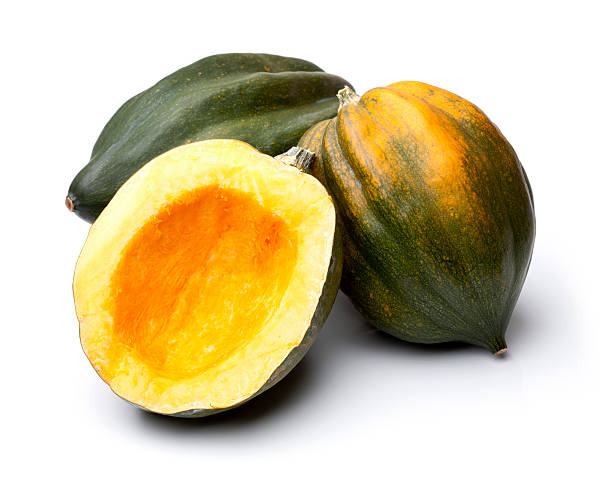
Acorn squash 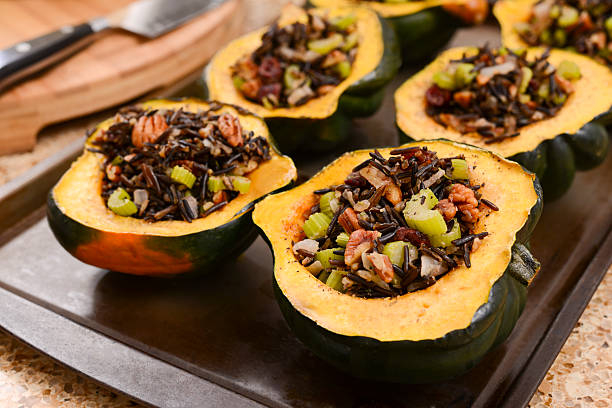
Acorn squash -
A huge winter variant known as butternut squash has an orange inside and light skin. One cup (140 grams) of butternut squash contains:
- Calories: 63
- Fat: 0 gram
- Protein: 1 gram
- Carbs: 16 grams
- Fiber: 3 grams
This kind is a great source of beta-carotene and vitamin C, both of which function as antioxidants in your body. Antioxidants assist in preventing cell deterioration, which may delay the onset of several chronic illnesses. For instance, a diet strong in vitamin C may guard against heart disease, while a diet high in beta carotene is linked to a decreased risk of some malignancies, including lung cancer. The flavor of butternut squash is sweet and earthy. Although it may be eaten in many other ways, roasting is the most common. It is widely chosen for infant food and is regularly used in soups. In contrast to other winter squash cultivars, butternut squash may be eaten raw or cooked.
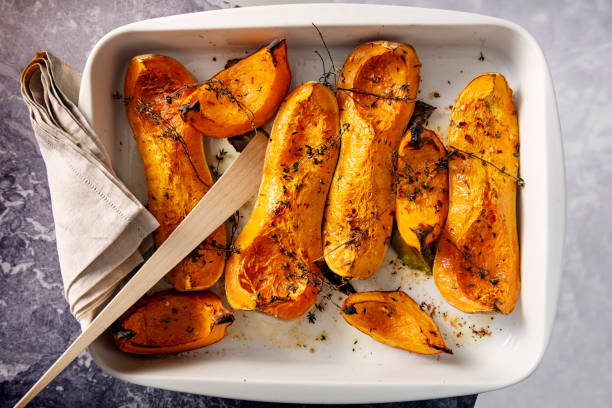
Butternut squash 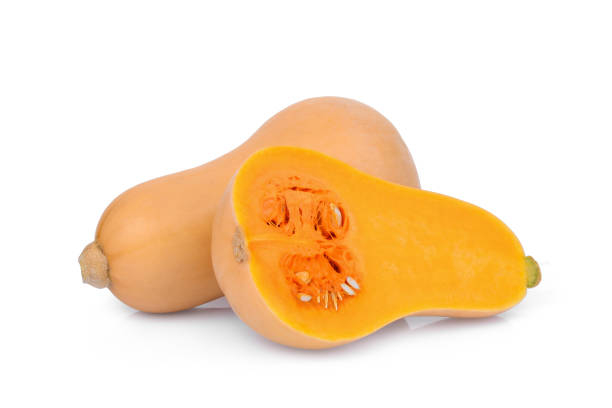
Butternut squash -
Large winter squash with orange flesh is known as spaghetti squash. It may be twisted into spaghetti-like strands after cooking. Similar to zucchini, it's a well-liked low-calorie substitute for pasta. Among the benefits of a cup (100 grams) of spaghetti squash are:
- Calories: 31
- Fat: 1 gram
- Protein: 1 gram
- Carbs: 7 grams
- Fiber: 2 grams
Given that it has fewer natural sugars than other winter types, this variety is one of the lowest-carb winter squashes and is therefore a perfect option for people following low-carb or low-calorie diets. It is a wonderful substitute for pasta because of its mild flavor. Additionally, it won't dominate the other items it is partnered with. Slice the spaghetti squash in half, then scoop out the seeds. The meat should be soft after roasting the halves. The pasta-like threads may then be scraped out using a fork.
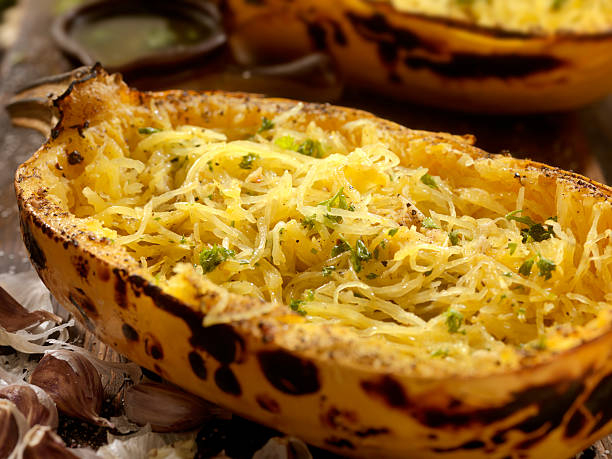
Spaghetti squash 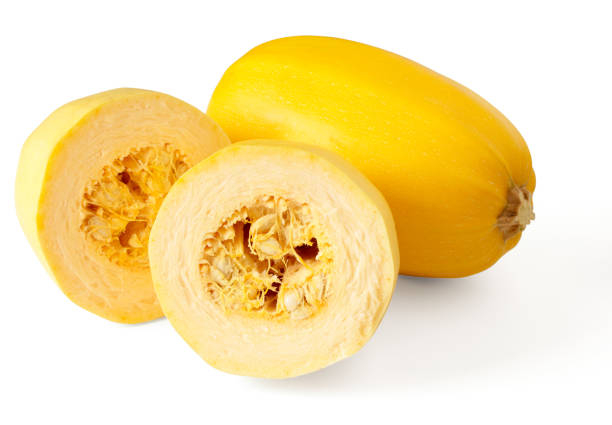
Spaghetti squash -
The best-known application of pumpkin, a versatile winter vegetable, is in sweets. In addition, when cooked, its seeds are edible. One cup (116 grams) of pumpkin contains:
- Calories: 30
- Fat: 0 grams
- Protein: 1 gram
- Carbs: 8 grams
- Fiber: 1 gram
The antioxidants alpha and beta carotene, which are both precursors to vitamin A, a vitamin crucial for eye health, are abundant in pumpkin. Additionally, this fruit is a significant source of vitamin C and potassium. The somewhat sweet pumpkin may be used to make savory and sweet meals, including soup and pies. Its seeds can be roasted, spiced, and consumed as a wholesome, satisfying snack. Remove the seeds and pulp from the pumpkin before roasting or boiling the meat until it is soft. Additionally, pumpkin purée that is prepared for baking or cooking can be purchased in a can.
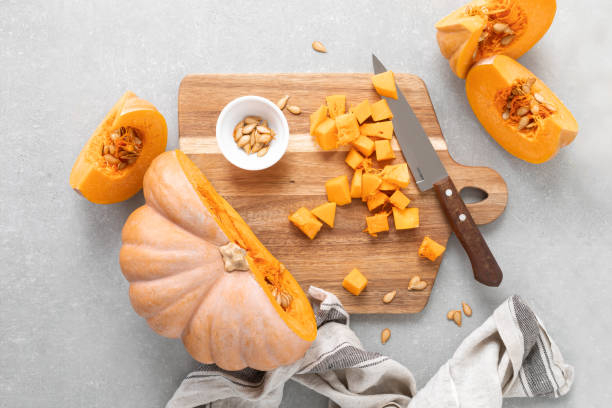
Pumpkin 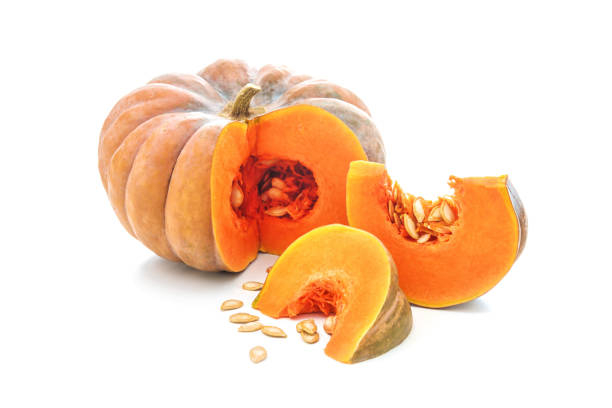
Pumpkin -
Kabocha squash often referred to as Japanese pumpkin or buttercup squash, is a common ingredient in Japanese cuisine and is becoming more well-known internationally. Despite the lack of nutrition data for kabocha particularly on the website of the United States Department of Agriculture (USDA), a cup (116 grams) of winter squash normally provides the following nutrients:
- Calories: 39
- Fat: 0 grams
- Protein: 1 gram
- Carbs: 10 grams
- Fiber: 2 grams
Kabocha squash, like other winter types, is a good source of minerals including vitamin C and provitamin A as well as antioxidants. Its flavor has been likened to a potato and pumpkin hybrid. The skin is also edible when thoroughly cooked. You can roast, boil, sauté, or create a soup with kabocha squash. Additionally, it is used to produce tempura, which entails delicately coating fruit pieces in panko breadcrumbs and deep-frying them till crisp.
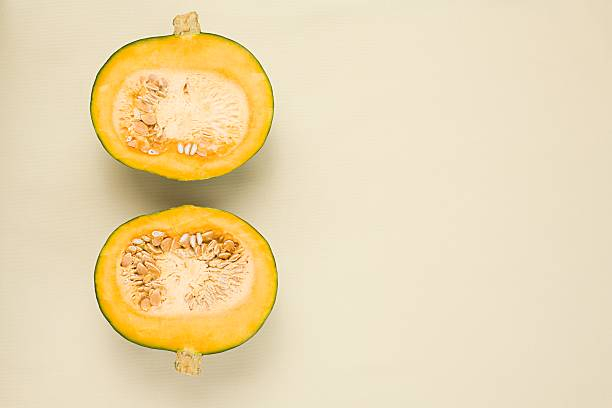
Kabocha squash 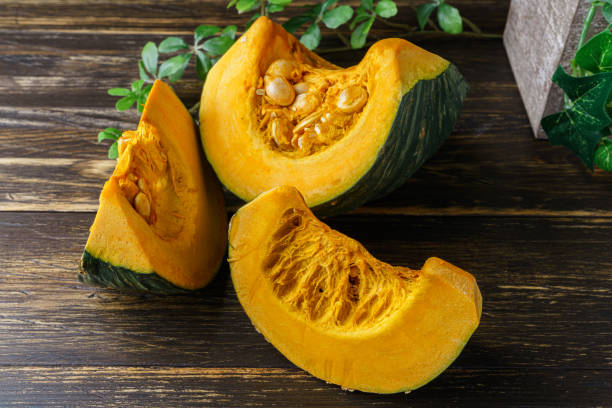
Kabocha squash










